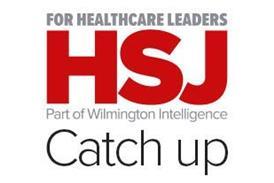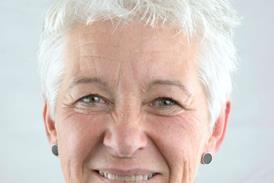The key to the success of patient level costing is having clinicians involved from day one in planning the process, writes Jennifer Taylor
Patient level costing, a way of reducing unnecessary variation in the cost of care, has drawn clinicians into financial management, and it’s by having them involved that operational efficiency gains can be made.
Areas where costs exceed income are ideal target areas for cost improvement programmes
Today, income and expenditure can be budgeted and those budgets can be flexed based on performance. Improving performance improves more than quantitative issues like cash efficiency; it also improves the provision of services.
Getting clinicians involved
The key to the success of patient level costing is having clinicians involved from day one in planning the process. That’s the preliminary finding of research being done for the Department of Health by Imperial College, sponsored by the Chartered Institute of Management Accountants. The final results of the study will be published in 12 months and are set to point the strategic direction for patient level costing over the next few years.
Patient level costing provides a large amount of information on the use of NHS resources by each individual patient or group of patients. The data can be analysed by patient, by specialty, by healthcare resource group, by consultant, and so on.
But for the information to successfully feed service line reporting, clinicians need to meet with management accountants at the start and say what information they need and in what format.
“The clinicians need to lead what they need to better use that information,” says Graham James, vice president and director of business intelligence systems at CACI, who attended a suppliers’ forum where the research was presented.
Using data
CACI’s own experience has shown that clinicians want to see cost and income at the same level. They want to, for example, be able to analyse income against cost at patient episode level so they can see whether they are running on a positive or negative trading account.
Mr James says: “That will highlight for them the areas where their costs are greater than their income and that can then drive corrective plans.”
Areas where costs exceed income are ideal target areas for cost improvement programmes and can create a true efficiency gain and release cash to the trust.
Many trusts are struggling to integrate data from different systems including pharmacy, radiology, pathology, and so on. The importance of this process is sometimes underestimated in projects, yet to work properly must be automated to ensure the timely provision of key income and expenditure analysis.
Case study: Guy’s and St Thomas’
Guy’s and St Thomas’ Foundation Trust has a long history of having costs directly controlled by clinicians and budgets being flexed for under or over performance on patient care income. But changes in recent years including national efficiency targets and a board requirement to produce a two per cent surplus for reinvestment meant the trust needed to reassess its profitability and costing practices, including the technology used to support them.
Guy’s and St Thomas’ chose CACI’s Synergy Activity Based Costing solution, which integrates financial and clinical data from more than 40 systems at the trust. Over the past three years it has been used to produce profitability reports for clinical services.
“These reports are used by clinical teams to assess efficiency opportunities and inform future investment,” says Martin Shaw, finance director.


























No comments yet